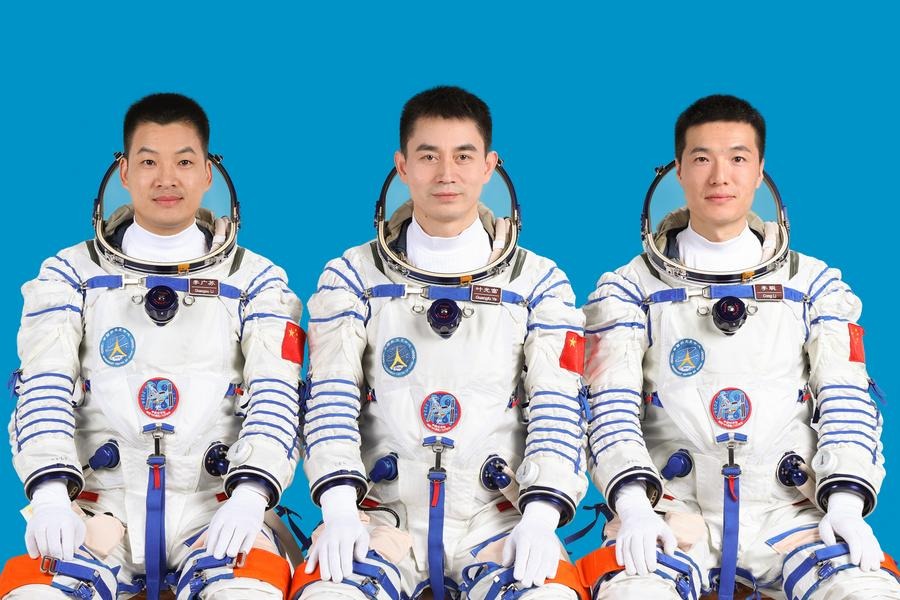Up close with Helen
By Zhao Xu and Zhang Yuan | China Daily | Updated: 2020-01-11 09:39

Helen was like that in many ways. Considine described her as "frozen in the '30s in her time", a description tinged with melancholy, even sadness. But at the same time, those around her were invariably impressed by the insatiable intellectual curiosity and daring soul of a true pioneer.
"It was she who originally came up with the proposal of industrial cooperatives, where people shared material and labor, as a way to continue manufacturing and providing much-needed support to the Chinese Army during the Japanese invasion," said Crain, pointing to the wide adoption of the idea by wartime China and India, where she is known as the Mother of Gung-Ho, gung-ho being the Chinese pronunciation of an abbreviation for industrial cooperative.
"At their peak in 1940, there were about 50,000 industrial co-ops operating in China, each with members ranging between five or six and a couple dozen," An said.
Later, the term gung-ho was picked up by the US Marine Corps Major Evans Carlson, who turned it into a rallying cry for his own boys in the 2nd Marine Raider Battalion, from where it spread throughout the entire Marine Corps.
Casey Williams, 65, born in Cedar City, grew up running along the streets with fellow teenage boys shouting "gung-ho"."We had no idea where it came from. For us, it just meant 'Go do it and do it well!'" the film director said.
Last month Williams, with members of Helen's extended family (Helen herself remained single after her divorce from Edgar and had no children), joined An, Considine and Crain in Cedar City to look into a life as remarkable as it was often obscure.
"I never met Helen," Williams said. "I drove by her house many times knowing that there was a legendary woman living inside. But as a young boy, my father took me to see the epic 1957 World War II film The Bridge on the River Kwai, set against that background of the Allies' construction of the Burma Road. That's when I knew that Helen's story had to be told, because it's just that epic."
"When you read Helen's writings about her life, it is so cinematic and the character arc so clear. One has to look at where she had come from to truly understand her compassion and empathy toward the Chinese Communists, as well as her courage and fortitude."
Helen, born into a Mormon family, had great-great grandparents who set foot on the shore of Massachusetts, having sailed from Europe, grandparents and parents who, partly escaping local antagonism and persecution the Mormons faced, migrated from Massachusetts to Chicago, and then to Missouri and finally to Utah, where they labored with fellow members of the church to build cities and towns on rusty red earth.
Things must have looked familiar once the young Helen entered the "red" land of the Communists, whom she called "my type of people".
"That pioneer heritage made her more aware of the hardship, suffering and the sacrifices that had to be made for things to happen," Williams said. "She understood that these men had gone through a crucible and had been tested in a fiery furnace, struggles that I myself cannot understand.
"The Mormon migration to the West was just a minute sampling of what the Chinese leadership went through in the Long March."























